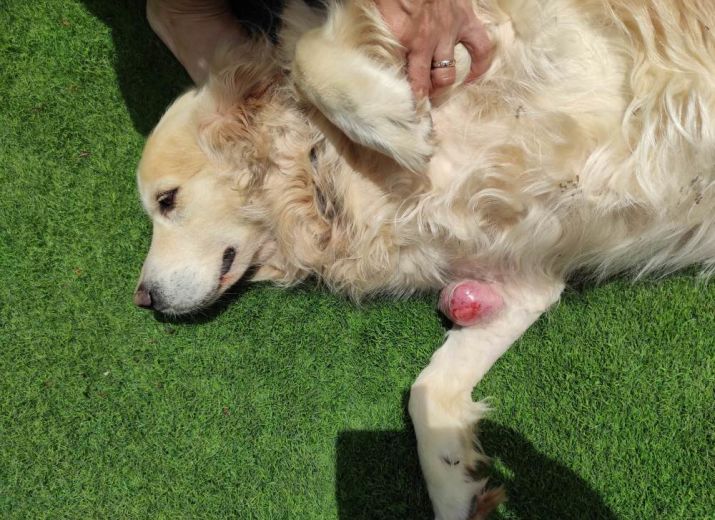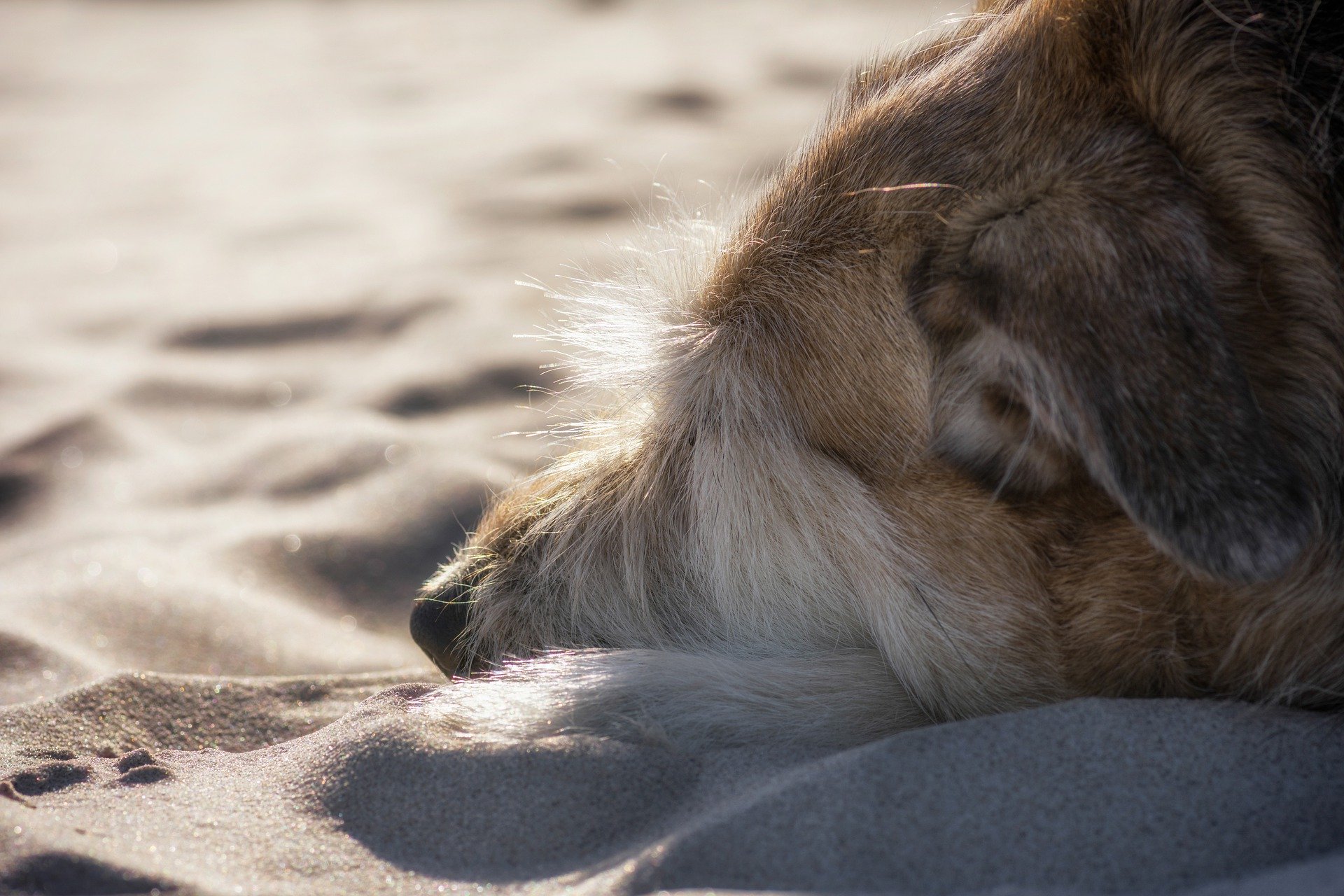Cyst in dogs
In the common imagination, feeling a small lump on or under your dog's skin is never a good sign, as we easily associate an abnormal lump with a cancerous tumor.
Fortunately, most lumps that appear on the body of our four-legged friends are benign, especially when they are cysts. These little lumps are usually quite harmless and, although they can sometimes pose a problem for the dog's health, it is almost never by causing cancer.
What is a cyst in a dog?
A cyst is a small cavity that forms in the dog's body and contains a variable, liquid or semi-liquid substance. The liquid contained in cysts is sterile, it is not pus or anything dangerous for your dog's health.
Exceptionally, some cysts may contain parasites, especially in the case of echinococcosis, a parasitic disease that is transmitted from animals to humans. In this case, the cysts are located in the lungs and liver and are discovered incidentally by medical imaging following liver or respiratory problems.
Benign parasites or cysts, these small balls can be located on the skin of the dog as well as under it, and even on deep organs. Each cyst is named after the organ to which it attaches: ovarian cyst for the ovaries, pulmonary cyst for the lungs, sebaceous cyst for the skin, etc.
Generally, when an owner is concerned about the presence of a cyst in his dog, it is because it is a sebaceous cyst, which is either visible or papable. Deep cysts, on the other hand, are suspected by a veterinarian in case of symptoms that may occur if the mass puts pressure on an organ and thus alters its functioning.

What are the risks of a cyst in a dog?
A sebaceous cyst does not present any health risks for your dog, unless he injures it by scratching or rubbing against a surface that could scratch him. In this case, the cyst can become infected, which can lead to further damage if the injury is not noticed by the owner and is not treated.
Indeed, if the cyst is deep enough, it can eventually cause an ulcer if left untreated and, in the worst case scenario, the infection could cause damage to nearby organs or even generalize into sepsis if the dog's immune system is weak. This is an extremely small risk, but one that warrants regular monitoring of your dog's sebaceous cysts to avoid any problems.
Internal cysts are more "dangerous" because they can grow large enough (sometimes up to several centimeters in diameter) and put pressure on nearby organs. In this context, they can cause pain in the animal, but also slow down the functioning of the organs in question, causing a range of symptoms specific to the organs affected.
By pressing on the wall of certain organs, cysts can also cause a loss of vascularity where blood vessels are compressed, resulting in organ necrosis. This type of cyst is usually only diagnosed when it causes organ dysfunction, and the veterinarian will use medical imaging to discover the cause of your dog's problems.
How is a cyst treated in dogs?
Sebaceous cysts in dogs are generally not treated, as they represent an extremely minimal health hazard, and the benefit/risk balance of surgical removal weighs in favor of the operation. Deep cysts are surgically removed to cure the animal of the dysfunctions that their presence causes to the neighbouring organs if any.
When they are detected by medical imaging when the animal was not ill (routine check-up, ultrasound to prepare for a sterilization operation, etc.) they are either left in place or removed as a preventive measure if the veterinarian feels that they are likely to grow and become troublesome later on. Do not try to remove a cyst yourself by piercing it or trying to devascularize it: these operations are far from harmless and can leave your dog with sequels.
Before considering treating a cyst, you must be sure that the small mass you have found is indeed a cyst, which only a veterinarian can confirm. The veterinarian will then suggest a removal if necessary, and if he or she does not pierce the cyst or remove it, there is a good reason for this: the cyst is simply not treatable.
Here you have more information about dog cysts, their possible consequences and possible treatments to get rid of them. Unfortunately, it is not possible today to prevent the appearance of cysts, which seem to occur for no particular reason and only very rarely have an impact on your dog's health.

